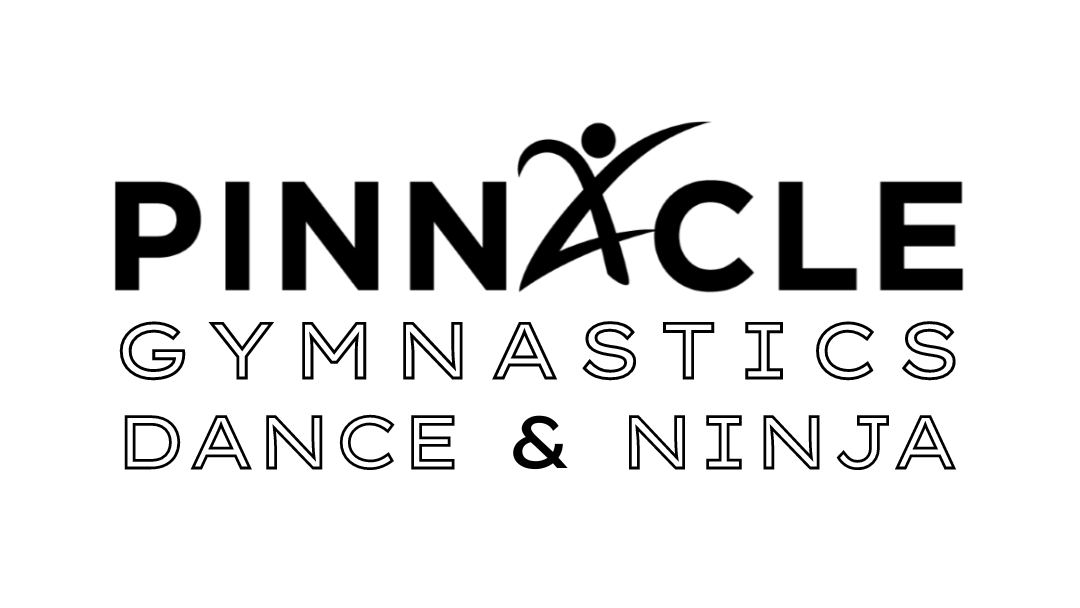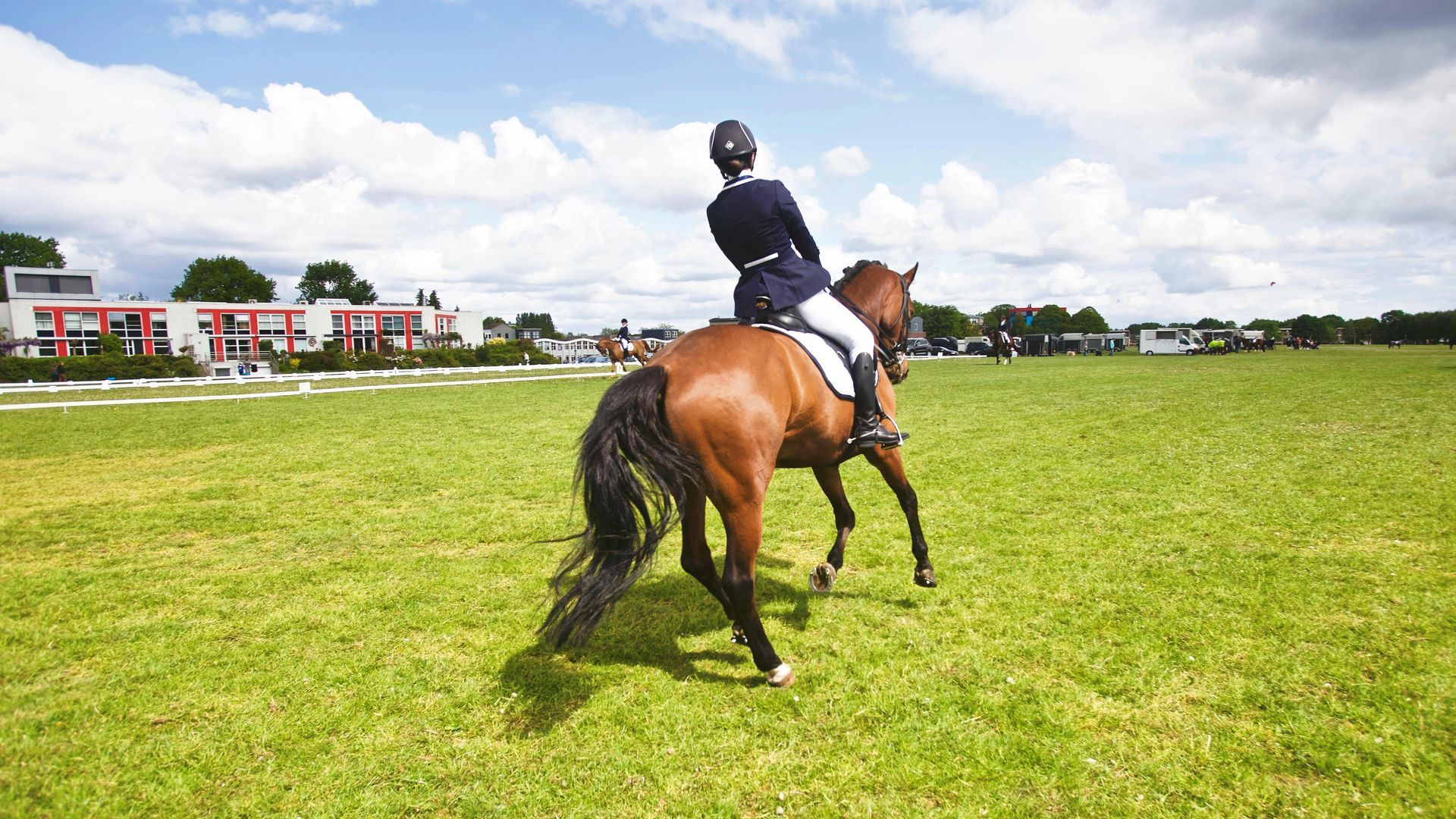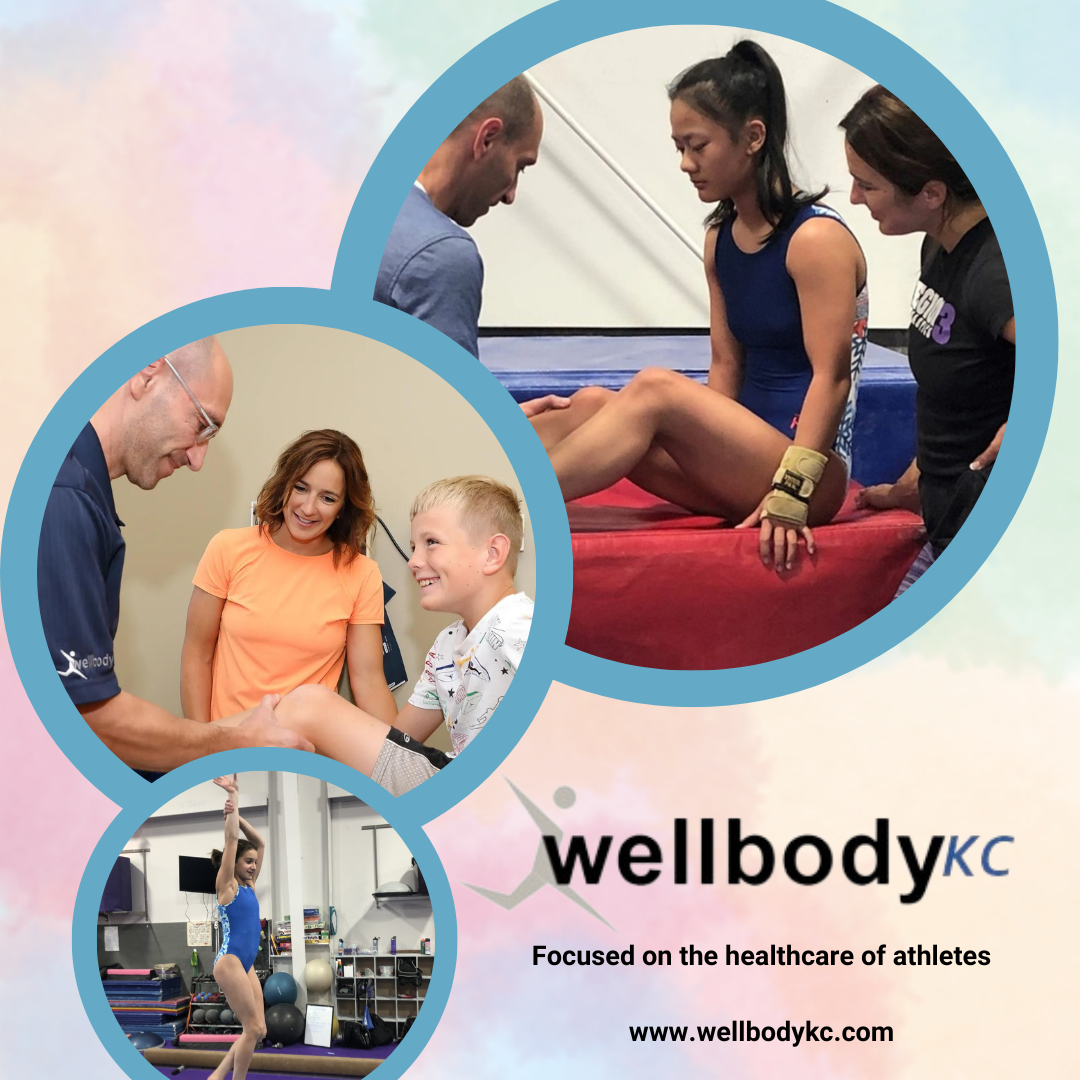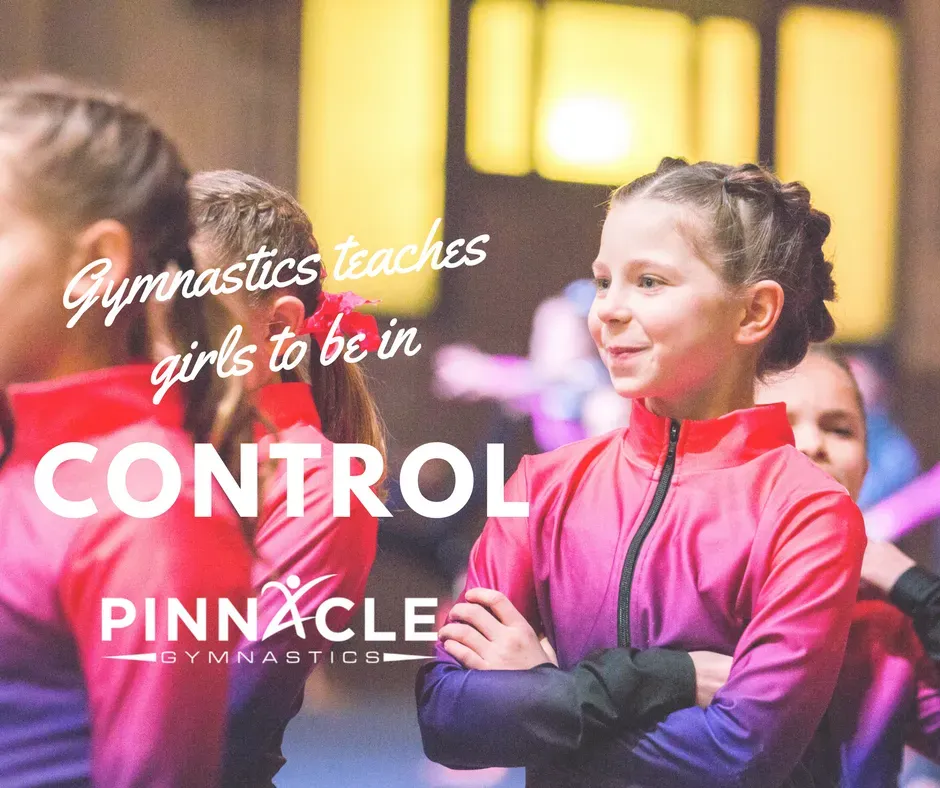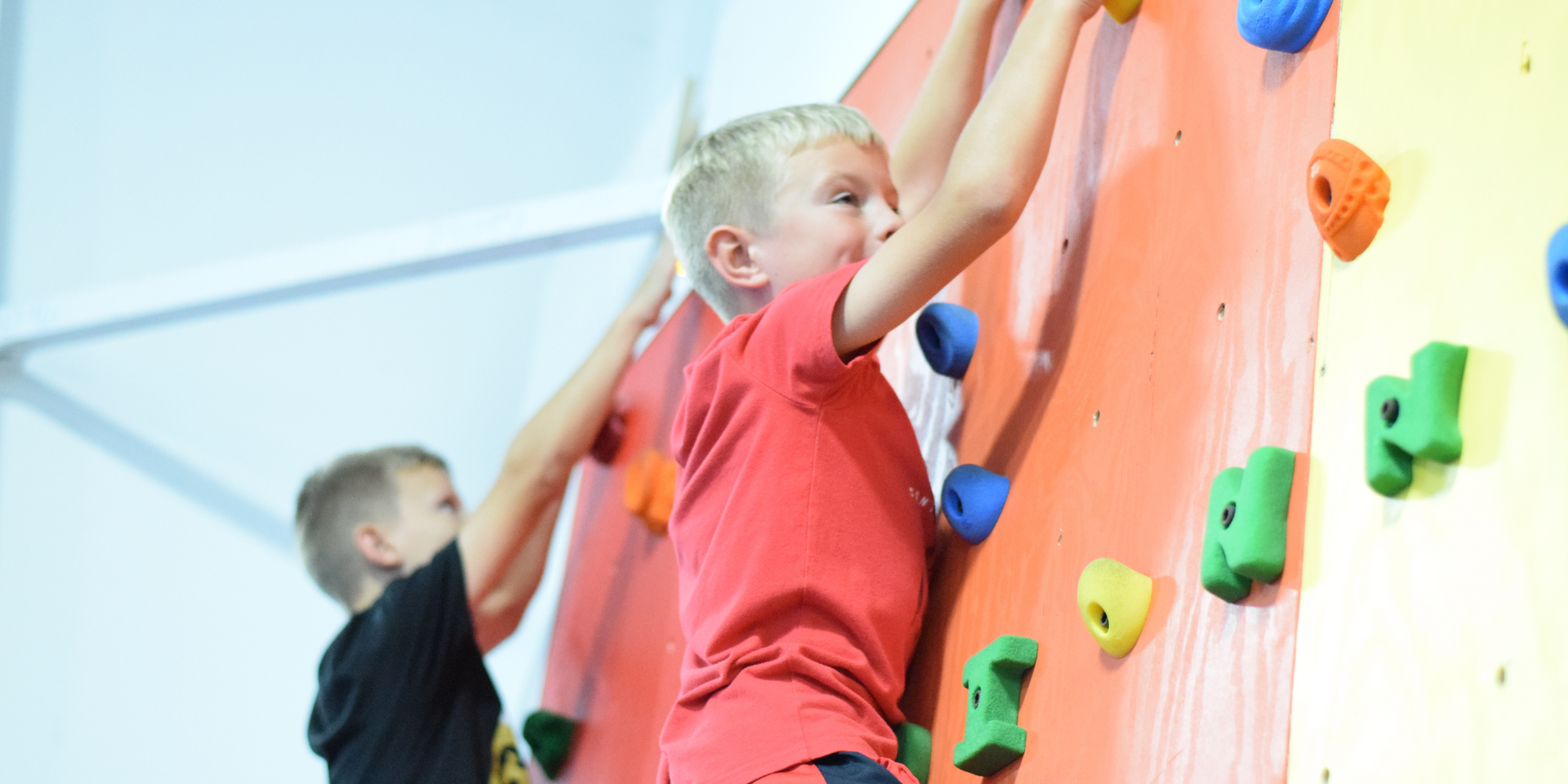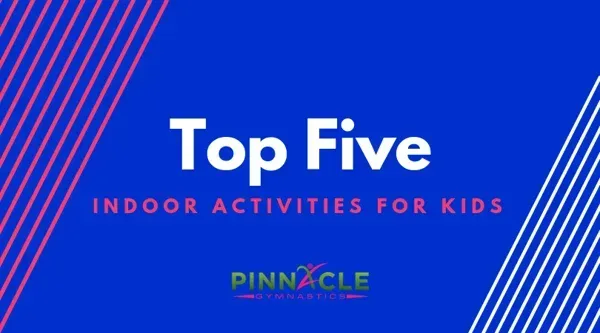Preschool Balance Links to Early Reading Skills
As a parent or educator, you may have noticed that children who engage in physical activities like gymnastics or balance exercises often develop coordination, strength, and agility. However, did you know that these physical skills may also play a vital role in shaping children’s cognitive abilities, including early literacy skills such as reading? The connection between physical development and cognitive growth is stronger than you might think, and balance activities, in particular, can have a significant impact on a child’s ability to learn to read.
In this blog post, we will explore the fascinating link between preschool balance exercises and early reading skills. We will discuss how balance activities can promote cognitive development, improve motor skills, and enhance brain function, all of which contribute to better reading abilities in young children. Whether you're a parent, teacher, or coach, understanding this connection can help you foster an environment that supports both physical and cognitive growth in preschoolers.
How Balance Affects Brain Development
Before delving into the specifics of how balance exercises benefit reading skills, it’s important to understand the role of physical activity in early brain development. Research shows that the brain is highly adaptable, particularly during the early years of life. This concept is known as neuroplasticity, the brain’s ability to form new connections and reorganize itself based on experiences. Physical movement, especially activities that challenge balance and coordination, plays a key role in stimulating the brain’s growth and development.
Balance exercises are particularly impactful because they require the brain to process multiple types of sensory input simultaneously—visual, auditory, and proprioceptive (sense of body position). These exercises promote the development of motor planning, spatial awareness, and executive function, all of which are foundational skills for both physical movement and cognitive tasks like reading.
1. Balance Improves Focus and Attention
One of the primary cognitive benefits of balance exercises is that they help improve focus and attention span—two essential skills for early literacy. When children engage in balance activities, whether it’s standing on one foot, walking along a line, or practicing balance beam skills, they must concentrate and pay attention to their body’s movements.
This heightened focus not only aids in motor coordination but also has a direct impact on a child’s ability to focus on tasks like reading and writing. Children who struggle with attention or hyperactivity may find that balance activities help them regulate their bodies, leading to improved concentration during classroom activities.
For instance, when a child practices standing on one foot or walking across a beam, they are forced to focus on their movements, which in turn helps them develop better sustained attention. These improved attention skills are directly transferrable to reading, where sustained attention is required to follow the text, comprehend words, and engage with the story.
2. Balance Develops Spatial Awareness and Directionality
A key aspect of early reading is understanding how letters and words are structured in space. Spatial awareness is the ability to understand where objects or your body are in relation to other objects or surroundings, and it is essential for recognizing letters, understanding print directionality, and following written text.
When children practice balance exercises, they develop a stronger sense of where their body is in space. For example, balancing on one foot or hopping from one side to another helps children understand the concept of left and right, up and down, and in and out. This spatial awareness directly supports early reading skills like letter recognition and tracking text from left to right.
Additionally, balance exercises help children develop directionality skills, which are critical for understanding how words are read on a page. Young children who have strong spatial awareness are better able to understand the concept of left-to-right reading and top-to-bottom tracking, which are foundational skills for developing literacy.
3. Balance Supports Hand-Eye Coordination
Hand-eye coordination is another essential skill that balance exercises help to develop, and it plays a crucial role in early reading and writing. Strong hand-eye coordination is necessary for tasks like holding a pencil correctly, forming letters, and following a line of text across the page.
Balance exercises, particularly those that involve catching or throwing balls, can improve hand-eye coordination by requiring children to focus on their body movements while simultaneously tracking objects with their eyes. Activities such as balancing while tossing a ball back and forth or walking while holding an object can significantly improve a child's ability to coordinate their hands with their eyes.
This coordination translates directly to reading, as children need to coordinate their eyes to track words on the page, move from one word to the next, and focus on both the individual letters and the larger meaning of sentences and paragraphs.
4. Balance Enhances Cognitive Flexibility
Cognitive flexibility is the ability to shift between different thoughts, actions, or perspectives. It is an important skill for problem-solving, creative thinking, and adapting to new situations. Balance exercises, particularly those that involve changing positions or adjusting the body’s alignment (e.g., balancing while twisting, reaching, or hopping), promote cognitive flexibility.
By practicing balance, children learn to adapt their movements and strategies when faced with challenges. For example, balancing on a wobbly surface or transitioning between different postures requires children to think critically and adjust their actions. This adaptability strengthens cognitive flexibility, which supports their ability to switch between tasks, follow multi-step instructions, and process new information.
In reading, cognitive flexibility allows children to adapt their thinking when encountering unfamiliar words, adjust their reading strategies when they don’t understand something, or make connections between the text and their own experiences. Cognitive flexibility also plays a role in the development of phonemic awareness, the ability to recognize and manipulate sounds in words—an essential skill for learning to read.
5. Balance and the Development of Executive Function
Executive function refers to a set of cognitive skills that include planning, organization, memory, and impulse control. These skills are critical for academic success and are developed during early childhood. Balance exercises help promote executive function by requiring children to plan and organize their movements, remember specific actions (such as which foot to place forward), and control their bodies.
For instance, when a child performs a balance routine, they must remember the sequence of movements and follow through with each action. This helps strengthen working memory and planning skills. Over time, these skills transfer to other areas, including reading, where children need to remember the sounds of letters, understand the sequence of words, and stay organized in their thinking as they read.
As children progress in their ability to balance and control their movements, they also gain better impulse control, which is essential for focusing on reading tasks and resisting distractions. Good executive function enables children to stay on task while reading, to organize their thoughts while trying to decode words, and to strategize solutions when they encounter reading challenges.
How to Incorporate Balance Activities Into Early Learning
Now that we understand the cognitive benefits of balance exercises, how can you incorporate these activities into early childhood education to support reading development? Here are some fun and effective ways to integrate balance activities into your preschool routine:
1. Balance Games and Obstacle Courses
Set up simple balance courses using foam blocks, balance beams, or lines on the floor. Children can practice walking along the balance beam, hopping between blocks, or navigating other obstacles that require them to engage their balance. These activities can be easily adjusted for different skill levels, making them suitable for all ages.
2. Balance and Coordination Exercises
Incorporate games that promote hand-eye coordination, such as catching and throwing a ball while balancing on one foot. Or, try activities that require children to balance objects on their heads, such as books or soft toys, as they walk across the room. These exercises are not only fun but also promote coordination and cognitive flexibility.
3. Yoga and Stretching Routines
Introduce simple yoga poses that involve balance, such as tree pose or warrior pose, into your daily routine. These exercises can improve flexibility, strength, and body awareness, while also helping children relax and focus. Plus, yoga helps with breathing techniques, which can support attention and focus during reading activities.
4. Incorporate Movement with Storytelling
Combine balance exercises with storytelling activities. For example, ask children to balance while pretending to be animals (e.g., hopping like frogs or walking like penguins) as you read a story aloud. This helps engage children’s bodies and minds simultaneously, reinforcing both physical and cognitive learning.
The Power of Balance in Early Literacy
Balance exercises play a crucial role in early childhood development by promoting not only physical strength and coordination but also cognitive skills necessary for reading. By incorporating balance activities into your preschool routine, you’re helping young children develop essential skills such as attention, spatial awareness, hand-eye coordination, cognitive flexibility, and executive function—each of which contributes to the foundations of reading and literacy.
As preschoolers continue to develop their balance and coordination, their cognitive abilities will grow stronger, setting them up for success in school and beyond. The more you can integrate physical activity with cognitive development, the better equipped children will be to tackle reading challenges and build a lifelong love of learning.
By nurturing balance alongside literacy, you’re providing a holistic approach to early education—one that prepares children for both physical and academic success. So, start incorporating balance activities into your routine today, and watch young learners thrive in both body and mind!
